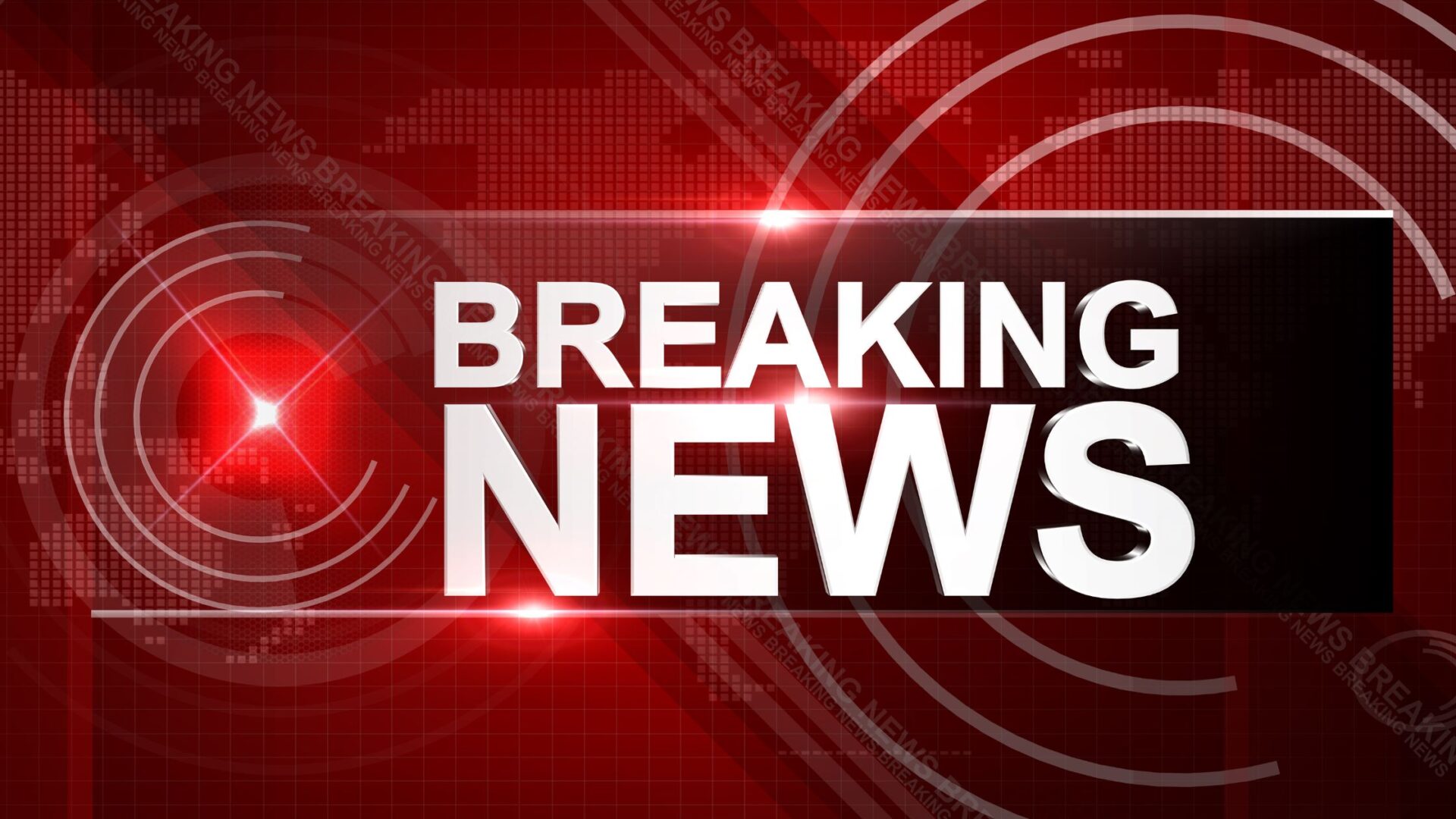The High Cost of Surviving a Mass Shooting
Four months after her 11-year-old son Samuel was shot at the Kansas City Chiefs Super Bowl parade, Abigail Arellano is still grappling with the relentless pile of medical bills. The blue folder she keeps, brimming with invoices, attests to the crippling financial aftermath of a random act of violence.
Medical expenses for a gunshot wound victim can increase by almost an astonishing $30,000 in the first year, a Harvard Medical School study uncovers. Even more concerning is that this number is estimated to rise up to $35,000 in the case of children.
Juggling Bills, Overdrafts, and Crippling Debts
The Arellano family, among the uninsured, hopes for aid from a fund raised post shooting. Samuel’s story reflects the reality of many such victims – struggling to pay off medical expenses while juggling regular commitments such as rent, utilities, and vehicle maintenance.
A poignant term for this financial burden is ‘victimization debt.’ For many like Jacob Gooch Sr., another survivor of the shooting, coping with it involves exhausting credit cards, relying on the kindness of strangers, or even missing a payment or two.
The #KCStrong Fund: Hope for Survivors
The #KCStrong fund, initiated by United Way of Greater Kansas City, is slated to begin distributing payments to survivors by the end of June, offering some respite. But although this fund and other resources give a ray of hope, the process of availing aid is labyrinthine at best.
Survivors muddle through piles of paperwork, navigate numerous forms, and often anxiously wait for relief. More often than not, it’s mothers who bear the brunt of deciphering this maze and maintaining the growing stack of bills and bureaucratic paperwork.
Understanding Victim Compensation
A surprising number of survivors, like the Arellanos, had no prior knowledge of victim compensation. This isn’t uncommon; a 2022 survey by Alliance for Safety and Justice reveals that a whopping 96% of victims didn’t receive this support, primarily because they weren’t aware it existed.
Victim compensation could prove to be invaluable, covering economic losses like medical bills and lost wages resulting from the crime. However, the catch is that the program only takes care of costs not already covered by health insurance, donations, or fundraisers.
When You Rob Peter to Pay Paul
While some victims received a fair bit of early support and donations from friends, family, and online fundraisers, funds soon depleted. Borrowing became a common recourse, and many were left stretched thin between commitments like mortgages and impending medical expenses.
United Way Payout: A Light at The End of The Tunnel
United Way is expected to pay out survivors soon, with plans to distribute funds to 20 of the 24 survivors. Others who couldn’t be verified or who rejected assistance won’t make the list. Of the funds raised, some also stand to be allocated to community groups that deal with nonviolence initiatives and provide support for mental health and first responders.
Unite KC: A Beacon of Hope
Concurrently, aid from faith-based group Unite KC has proven to be a lifeline for many like Abigail Arellano and Emily Tavis. Committed to providing ‘generous and quick’ aid, Unite KC plans to continue its support like a warming campfire, aiming to burn strong for the upcoming year.
However optimistic these aid initiatives sound, the struggle with reality is another matter. Juxtaposing regular bills and crippling medical expenses starkly reflects the struggles that victims continue to endure after surviving the ordeal itself. For victims such as Samuel Arellano and others, the battle for physical recovery amplifies under the looming shadow of significant medical debt.
Source: www.digitalchew.com

